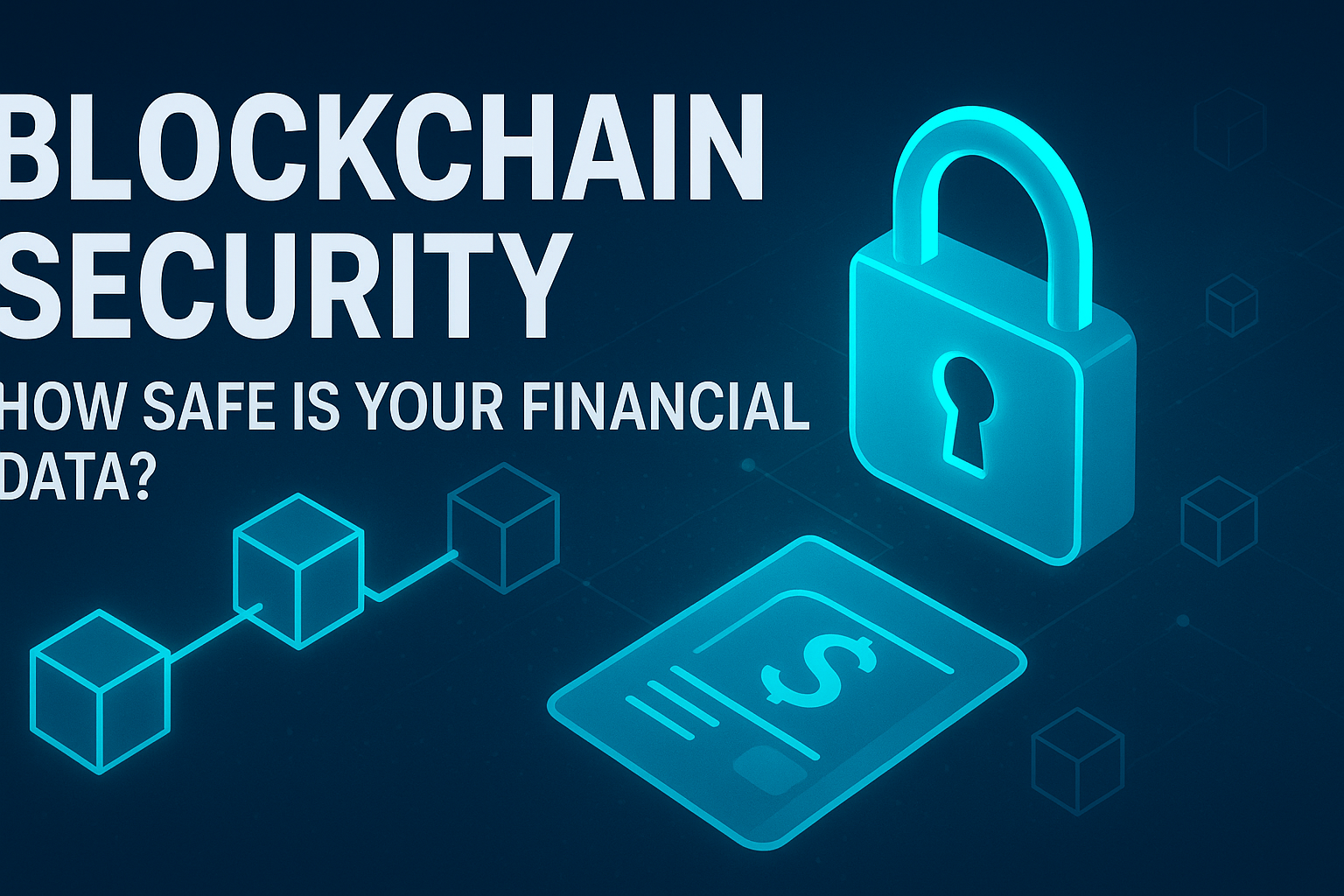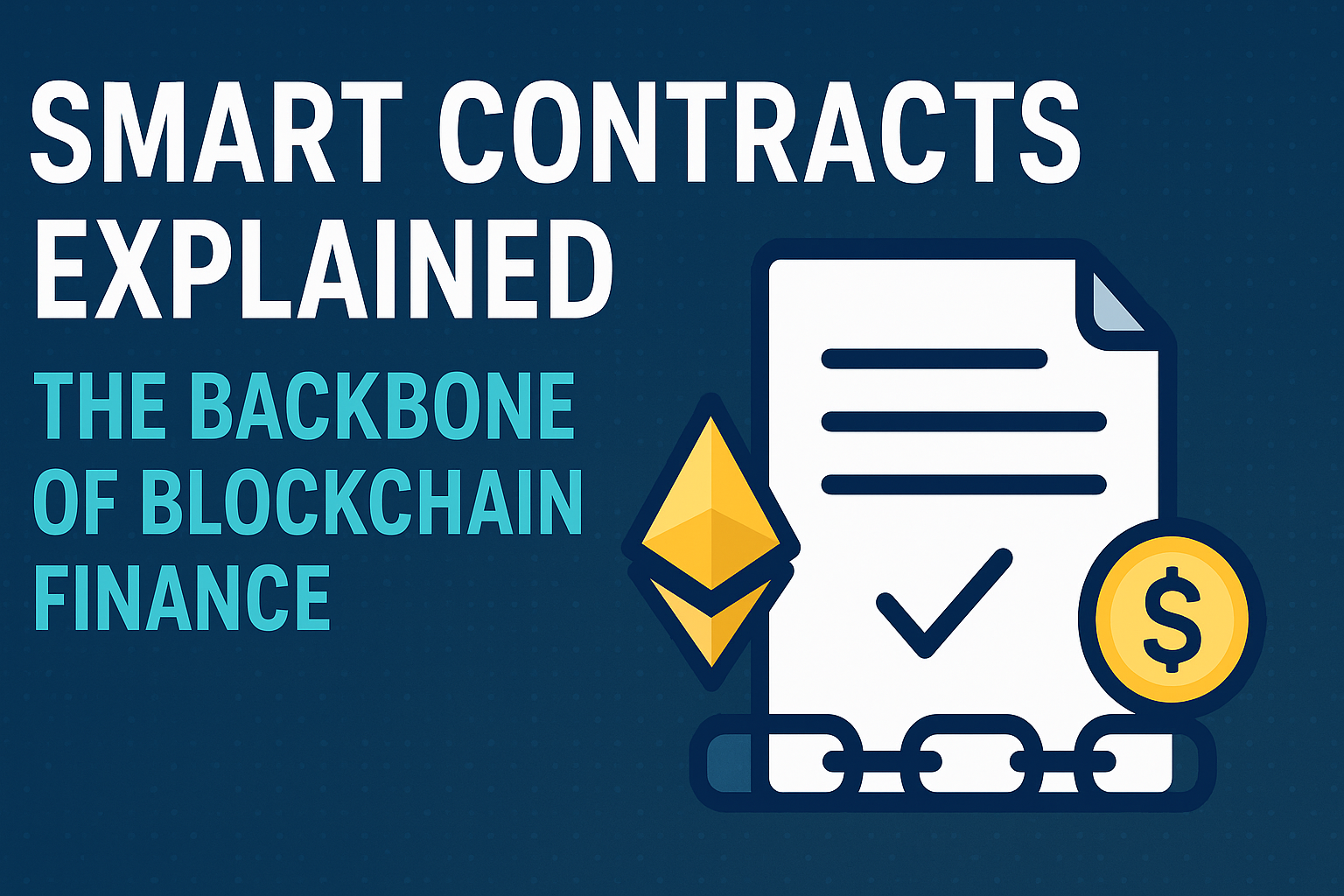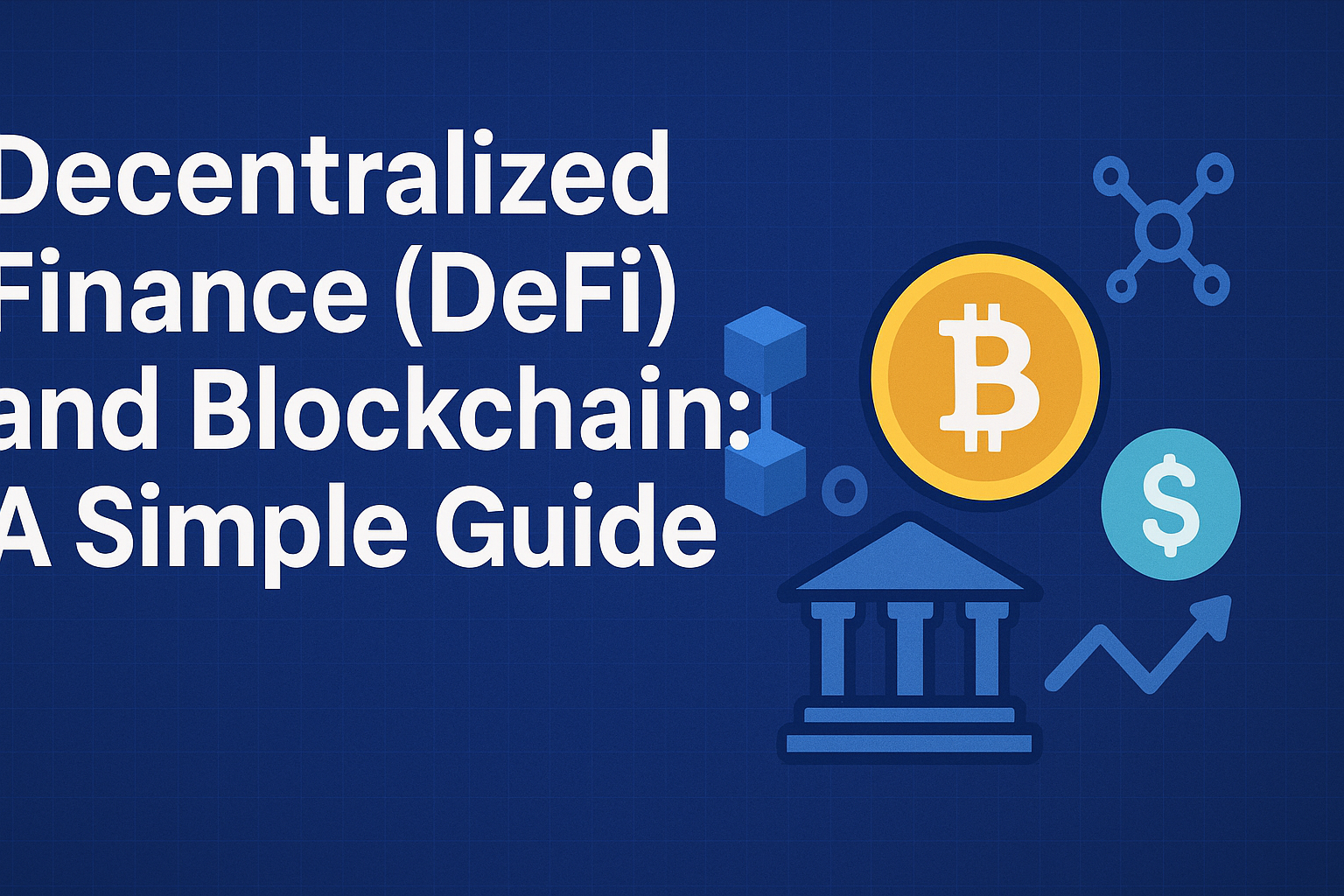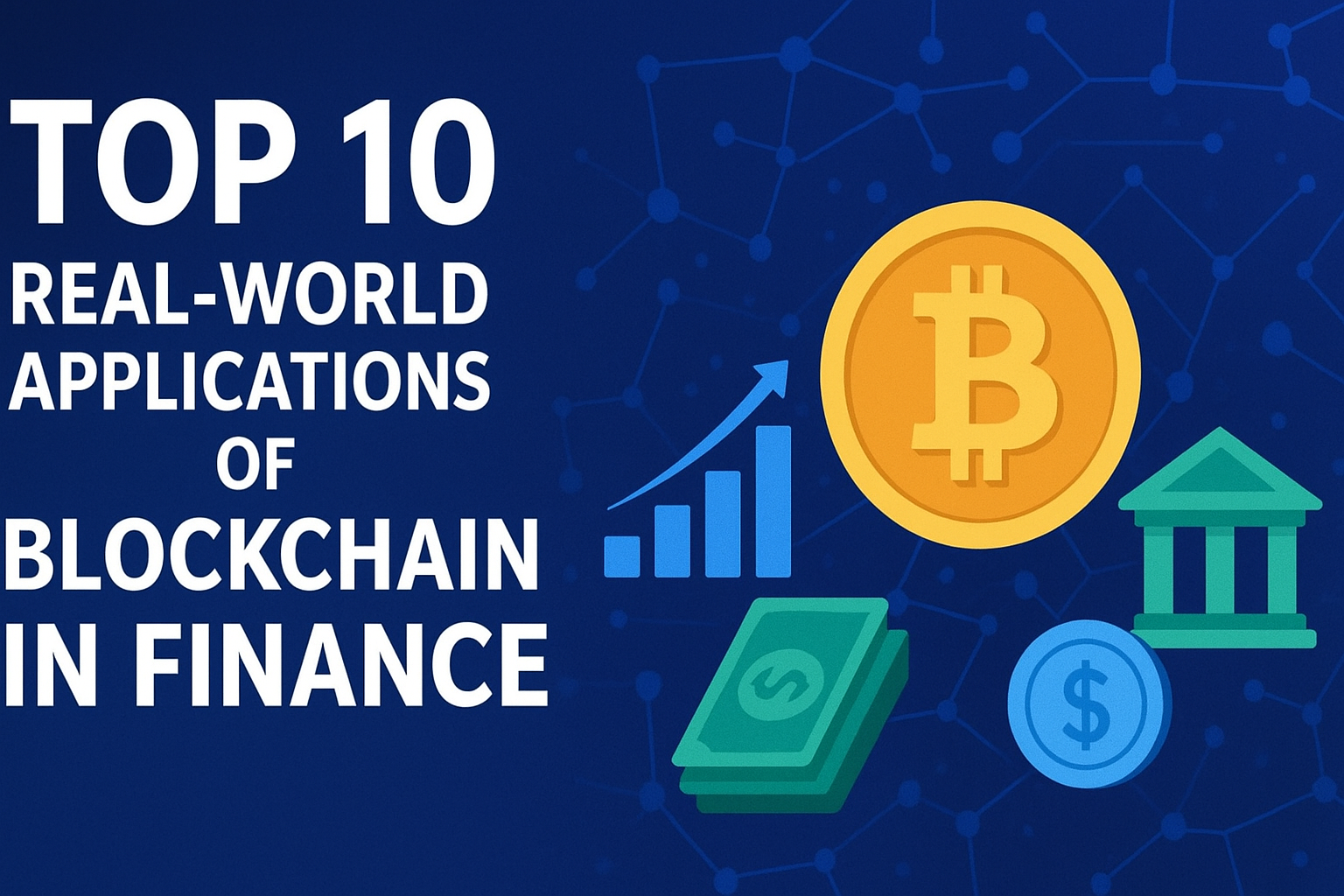Introduction
In a world increasingly reliant on digital finance, data security has become a top concern. Whether it’s online banking, cryptocurrency, or digital wallets, financial transactions are happening on digital platforms more than ever before. This shift has raised an important question — how safe is your financial data?
Enter blockchain technology, a revolutionary system that promises transparency, immutability, and security. But how secure is it really? Can blockchain truly safeguard your financial information from hackers, fraudsters, and cyberattacks?
Let’s dive deep into how blockchain enhances financial data security, the challenges it faces, and what the future holds for secure financial transactions.
What is Blockchain Security?
Blockchain security refers to the mechanisms, technologies, and principles that protect blockchain systems from attacks, fraud, and unauthorized access. Unlike traditional centralized databases, blockchain operates on a decentralized network, meaning data is stored across multiple nodes (computers) instead of one central authority.
This structure makes it almost impossible for a single entity to alter or manipulate information — a key factor behind blockchain’s reputation as a secure technology.
Key components of blockchain security include:
- Cryptography: Ensures data integrity and confidentiality using advanced encryption.
- Consensus Mechanisms: Validates transactions through algorithms like Proof of Work (PoW) or Proof of Stake (PoS).
- Decentralization: Eliminates single points of failure, reducing vulnerability to cyberattacks.
How Blockchain Protects Financial Data
1. Encryption and Cryptography
Every transaction on the blockchain is encrypted and linked to the previous one using complex cryptographic algorithms. This creates a chain of blocks that is extremely difficult to alter.
For financial data, this means every transaction is securely encoded, making it unreadable to unauthorized users. Even if a hacker gains access to one block, they cannot modify it without altering every subsequent block — a virtually impossible task.
2. Decentralization Prevents Single Point of Failure
In traditional banking systems, a central server stores all transaction data. If that server is compromised, all data is at risk.
Blockchain, on the other hand, distributes this information across thousands of computers (nodes). If one node is hacked, the system still runs securely since all other nodes hold identical copies of the ledger. This distributed architecture dramatically reduces the chances of large-scale data breaches.
3. Immutable Ledger
One of blockchain’s strongest features is immutability — once a transaction is recorded, it cannot be changed or deleted.
This is critical for financial data security. Immutable records mean no one — not even financial institutions or hackers — can manipulate transaction histories. This enhances trust and transparency between users and organizations.
4. Smart Contracts for Secure Transactions
Smart contracts are self-executing programs stored on the blockchain that automatically enforce rules and agreements. They remove intermediaries, reducing the chances of human error or fraud.
For example, a smart contract could automatically execute a loan payment only after certain verified conditions are met — ensuring both parties’ data remains secure and private.
5. Auditability and Transparency
Every blockchain transaction is recorded in a public (or permissioned) ledger, providing complete traceability. Financial institutions can easily audit transactions to detect suspicious activities or potential fraud attempts.
This transparency not only enhances accountability but also helps regulatory bodies monitor compliance with financial security standards.
Real-World Examples of Blockchain in Financial Security
- Cryptocurrencies like Bitcoin and Ethereum:
These use decentralized systems to prevent fraud and unauthorized access, ensuring secure peer-to-peer transfers. - Banking Sector:
Major banks like J.P. Morgan and HSBC are integrating blockchain to streamline payments and reduce cyber threats. - Insurance Industry:
Blockchain is being used to store policyholder information securely, preventing identity theft and data manipulation. - Cross-Border Payments:
Blockchain-based systems such as Ripple and Stellar ensure faster, low-cost, and secure international transfers by eliminating intermediaries.
Potential Threats and Vulnerabilities
Despite its robust structure, blockchain is not immune to threats. Understanding these vulnerabilities is essential for improving its overall security.
1. 51% Attacks
If a malicious actor gains control of over 50% of the network’s computing power, they can alter the blockchain temporarily. This could allow double-spending or transaction reversal, although it’s rare and highly resource-intensive.
2. Smart Contract Bugs
Poorly written smart contracts can be exploited by hackers. Since smart contracts are immutable, any flaw in the code can lead to irreversible financial losses.
3. Phishing and Endpoint Attacks
While blockchain itself is secure, the platforms and wallets users interact with may not be. Phishing attacks or malware targeting crypto wallets can still compromise personal financial data.
4. Quantum Computing Threat
In the future, quantum computers could potentially break current cryptographic algorithms, posing a serious challenge to blockchain’s encryption-based security.
The Future of Blockchain Security
The future of blockchain security looks promising as researchers and developers work on next-generation cryptographic methods and quantum-resistant algorithms.
Emerging trends include:
- Zero-Knowledge Proofs (ZKP): Allow data verification without revealing the actual information.
- Post-Quantum Cryptography: Strengthens blockchain against quantum computer attacks.
- Hybrid Blockchains: Combine the benefits of public and private blockchains to enhance scalability and control.
- AI and Machine Learning Integration: Helps detect anomalies and prevent fraudulent activities in real-time.
These innovations will ensure blockchain continues to evolve as a fortress for financial data in the coming decades.
Final Thoughts
Blockchain has undeniably transformed how we think about financial security. Its decentralized, transparent, and immutable nature makes it one of the safest technologies for handling sensitive financial information.
While it’s not entirely invulnerable, the risks are significantly lower compared to traditional systems. As blockchain continues to advance, we can expect even stronger security protocols, ensuring that your financial data remains safer than ever before.
In short, blockchain is not just a technology—it’s the future of secure digital finance.






